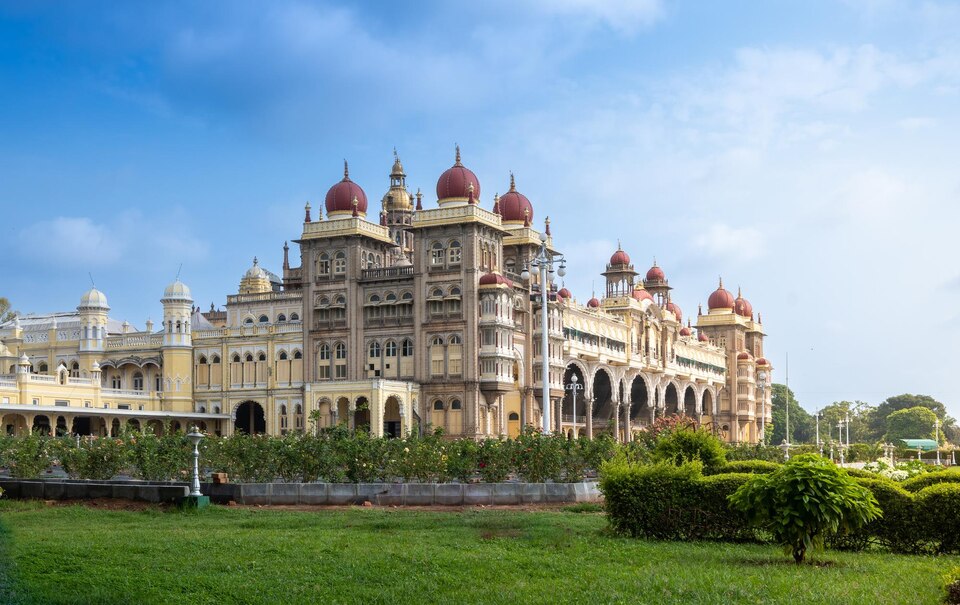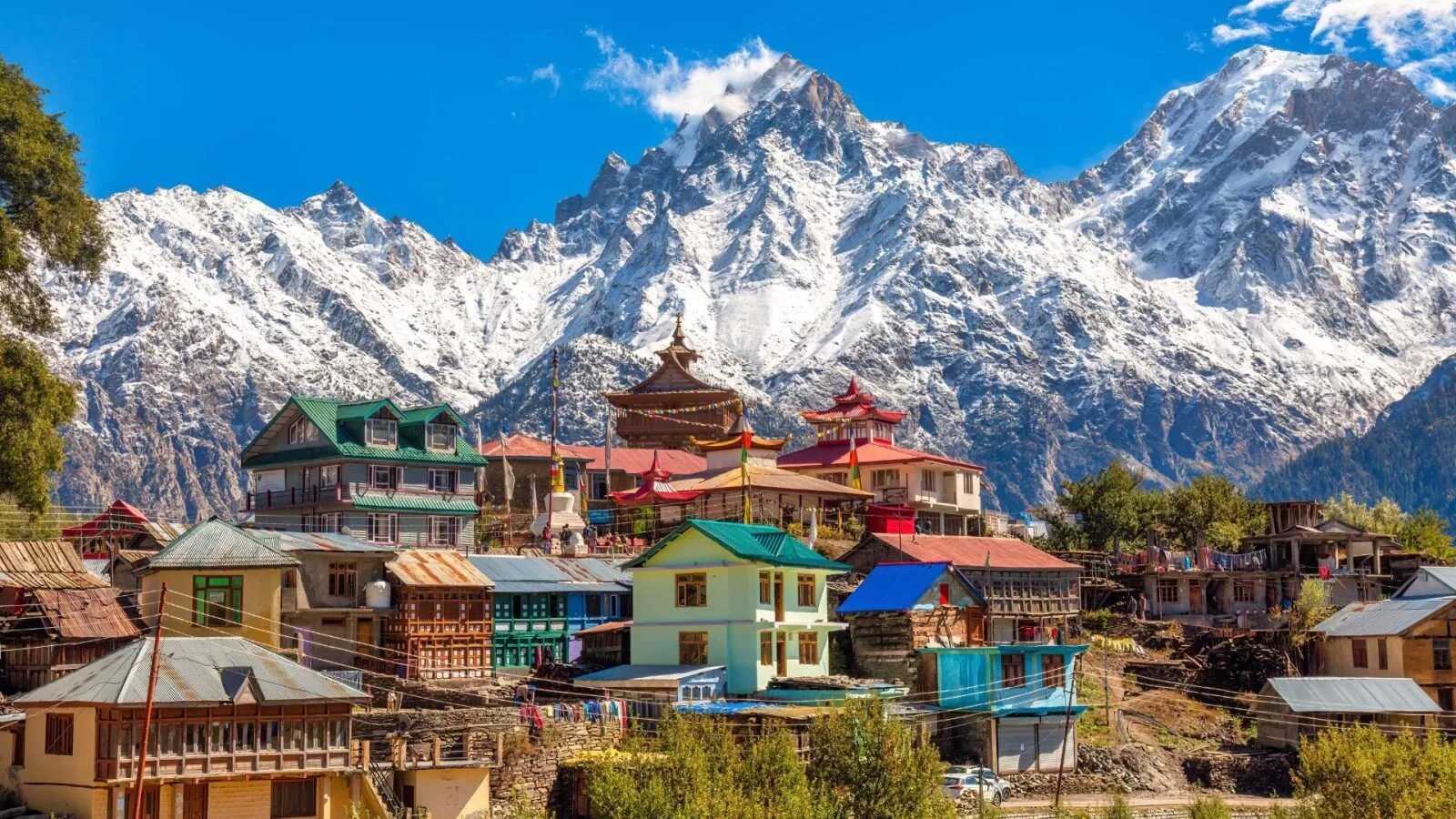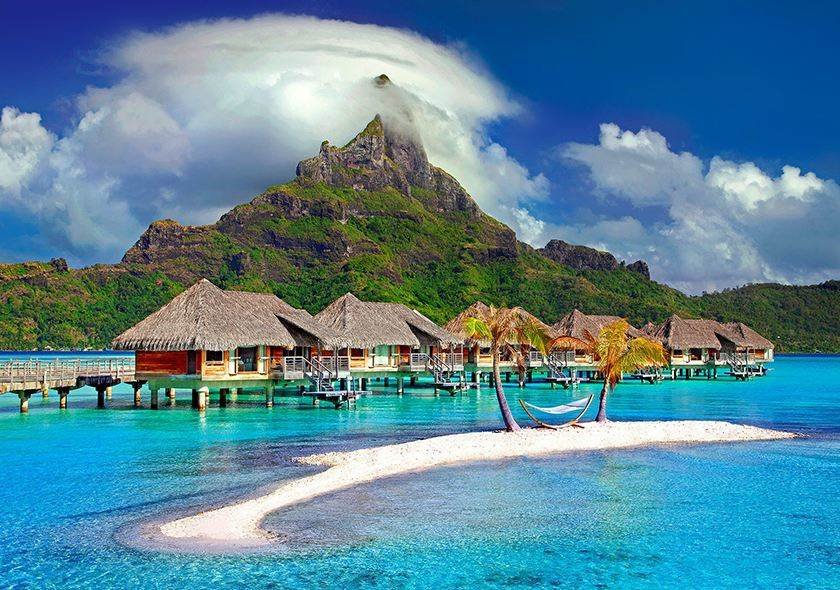Ladakh
- Home
- Ladakh
Ladakh Travel Guide
About Ladakh Tourism
Known as the “Land of High Passes,” Ladakh is India’s crown jewel nestled in the northernmost region of the Himalayas. Carved out of Jammu & Kashmir in 2019 as a separate Union Territory, Ladakh is a dream destination for nature lovers, spiritual seekers, photographers, bikers, and adventure enthusiasts alike.
Bounded by the Zanskar, Himalayan, and Karakoram ranges, Ladakh is famous for its barren yet stunning landscapes, dramatic mountain passes, glacial lakes, ancient Buddhist monasteries, and unique cultural experiences. With an average altitude of over 10,000 feet, Ladakh offers some of the most breathtaking high-altitude scenery in the world.
Its major towns include Leh, the capital and hub for tourism, and Kargil, known for its strategic history. From the tranquil Pangong Lake and thrilling Khardung La Pass to the spiritual vibes of Hemis Monastery and the magnetic illusions of Magnetic Hill, Ladakh is as magical as it is mysterious.
May to September:
- Ideal for sightseeing and adventure activities.
- Most roads and passes are open.
- Festivals like Hemis Festival take place.
October to April:
- Winter is harsh, with heavy snowfall and freezing temperatures.
- Ideal for winter treks like Chadar Trek and snow landscapes.
How to Reach
By Air:
- Kushok Bakula Rimpochee Airport (Leh) is the main airport.
- Regular flights connect Leh to Delhi, Srinagar, Jammu, and Chandigarh.
By Road:
- Manali-Leh Highway (472 km): Open from June to October.
- Srinagar-Leh Highway (434 km): Open from May to November.
- Private taxis, shared cabs, and buses are available.
- Biking is a popular way to reach and explore Ladakh.
By Train:
- No direct train connectivity. Nearest railway stations are Jammu Tawi and Udhampur.
By Air:
- Kushok Bakula Rimpochee Airport (Leh) is the main airport.
- Regular flights connect Leh to Delhi, Srinagar, Jammu, and Chandigarh.
By Road:
- Manali-Leh Highway (472 km): Open from June to October.
- Srinagar-Leh Highway (434 km): Open from May to November.
- Private taxis, shared cabs, and buses are available.
- Biking is a popular way to reach and explore Ladakh.
By Train:
- No direct train connectivity. Nearest railway stations are Jammu Tawi and Udhampur.
1. Leh
- Leh Palace: 17th-century palace offering panoramic views.
- Shanti Stupa: White-domed structure with a peaceful aura.
- Leh Market: Bustling hub for souvenirs, handicrafts, and eateries.
- Hall of Fame: A museum by the Indian Army showcasing valor and history.
2. Pangong Lake
- High-altitude saline lake shared with China.
- Famous for its changing hues and camping by the lake.
- Filming location for movies like 3 Idiots.
3. Nubra Valley
- Accessible via Khardung La Pass.
- Home to Diskit Monastery, Hunder Sand Dunes, and double-humped Bactrian camels.
- Beautiful views of the Shyok River.
4. Tso Moriri Lake
- Lesser-known but equally stunning alpine lake.
- Located in the Changthang Plateau.
- Ideal for solitude and birdwatching.
5. Khardung La Pass
- One of the highest motorable roads in the world (18,380 ft).
- Adventure seekers’ paradise.
6. Magnetic Hill
- A natural optical illusion where vehicles appear to roll uphill against gravity.
7. Zanskar Valley
- Remote valley known for trekking and river rafting.
- Phugtal Monastery and Zanskar River are highlights.
8. Lamayuru Monastery
- One of the oldest monasteries in Ladakh.
- Surrounded by unique moon-like landscapes.
9. Hemis Monastery
- Largest and wealthiest monastery in Ladakh.
- Hosts the famous Hemis Festival.
10. Kargil
- Town with strategic importance due to the Indo-Pak war of 1999.
- Visit Kargil War Memorial and Drass Valley, the second coldest inhabited place.
- Trekking:
- Chadar Trek, Markha Valley Trek, Stok Kangri Expedition, and Sham Valley Trek are popular.
- Suitable for moderate to advanced trekkers.
- Biking Expeditions:
- Ride on rugged terrains across passes like Chang La, Rohtang La, and Khardung La.
- Camping:
- Campsites around Pangong Lake, Nubra Valley, and Tso Moriri offer surreal experiences.
- River Rafting:
- Adventure on Zanskar and Indus Rivers.
- Various grades of rapids for beginners and professionals.
- Cultural Tours:
- Visit monasteries like Hemis, Thiksey, Spituk, and Alchi.
- Experience Ladakhi festivals, traditional music, dance, and food.
- Stargazing:
- With minimal pollution, Ladakh is a paradise for astrophotography.
- Best done from Hanle Observatory or remote camping sites.
- Wildlife Exploration:
- Spot snow leopards, Tibetan wild asses (kiangs), marmots, and exotic birds in Hemis National Park.
- Monastery Festivals:
- Attend traditional masked dance festivals like Hemis Tsechu, Dosmoche, and Spituk Gustor.
- Food Tasting:
- Try Thukpa, Momos, Skyu, and Butter Tea.
- Visit local eateries in Leh for authentic Ladakhi cuisine.
- Photography Tours:
- Every corner of Ladakh offers Instagram-worthy shots.
- Sunrise at Tso Moriri or monks in maroon robes in monasteries—there’s magic in every frame.
Ladakh is a land of extremes—where the scorching sun shines over snow-covered peaks, and silence speaks louder than words. It is a land where spirituality, nature, and adventure blend harmoniously, offering every traveler a transformative journey.
Whether you wish to lose yourself in the echoing chants of monks, conquer snow-laden passes on a motorcycle, or gaze at a million stars above an alpine lake, Ladakh welcomes you with open skies and a pure heart.
Plan responsibly, acclimatize properly due to high altitude, respect the environment, and immerse yourself in the raw, untouched beauty that is Ladakh—India’s Himalayan jewel.
Why Choose TAT for Ladakh ?
Experienced
Certified
Happy Customers
Local Offices
Frequently Asked Questions
Top spots include Pangong Lake, Nubra Valley, Leh Palace, Magnetic Hill, Tso Moriri, and monasteries like Hemis and Thiksey.
May to September is ideal, as roads are open and the weather is suitable for sightseeing and trekking.
You can fly directly to Leh or drive from Manali or Srinagar via scenic mountain highways (open seasonally).
Yes, Indian and foreign tourists need Inner Line Permits (ILP) for areas like Nubra Valley, Pangong, and Tso Moriri.
Yes, it’s safe and peaceful. Be cautious about altitude sickness and always acclimatize in Leh before traveling to higher areas.
Try thukpa, momos, skyu, butter tea, and local barley-based dishes. Leh has several restaurants catering to Indian and international tastes.



